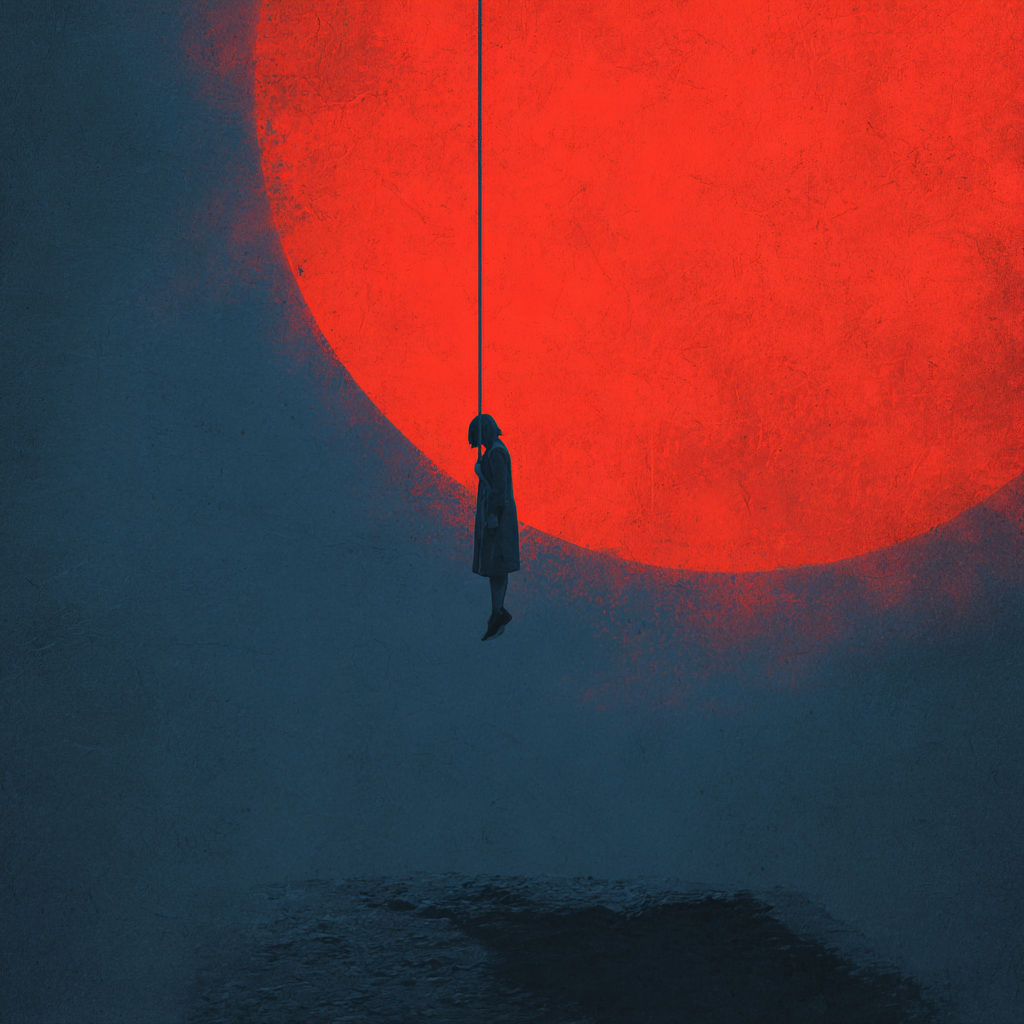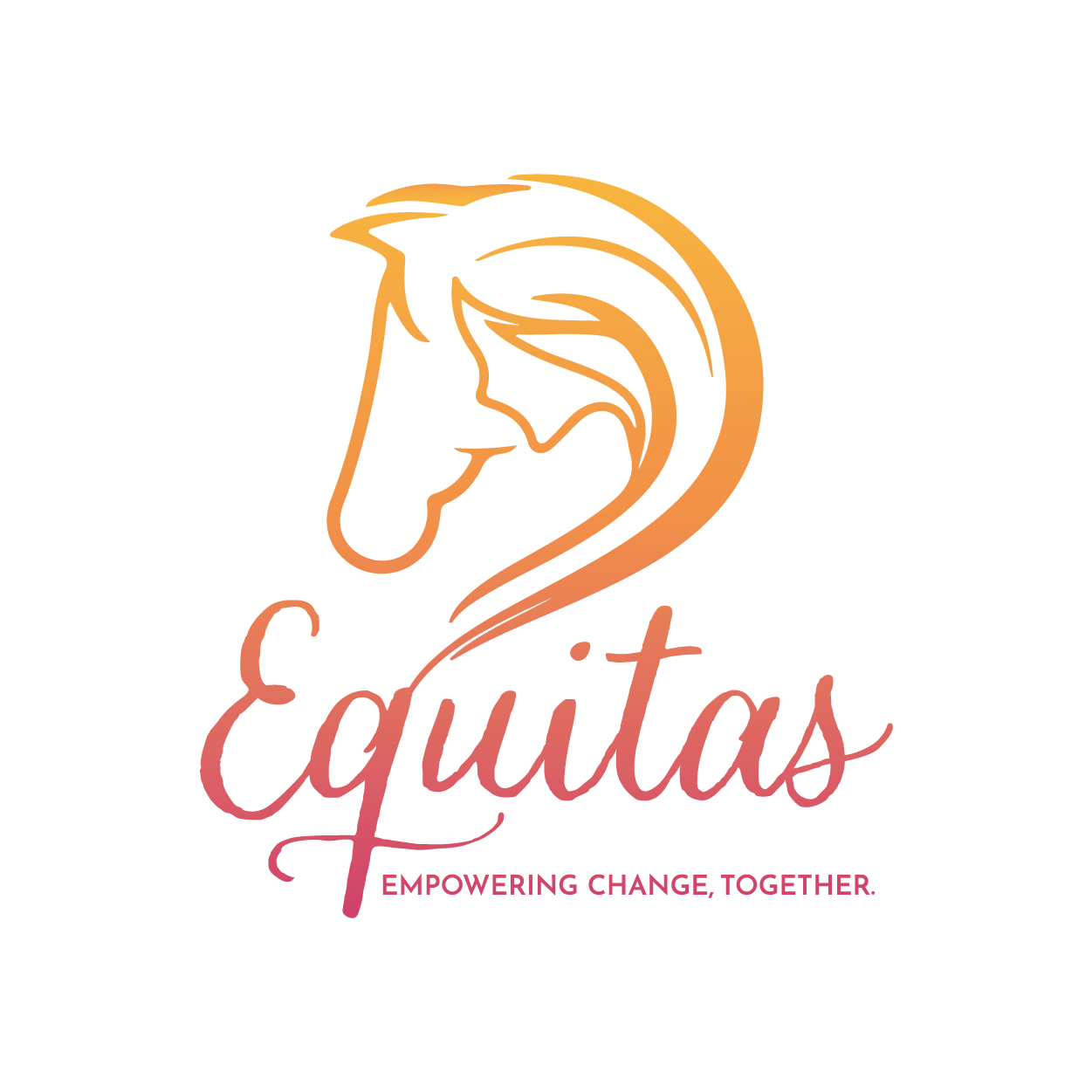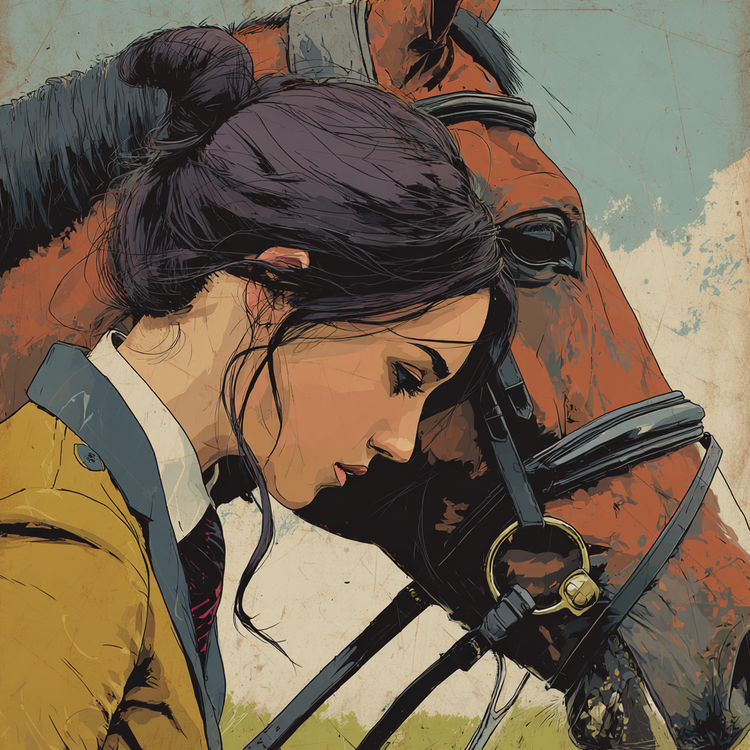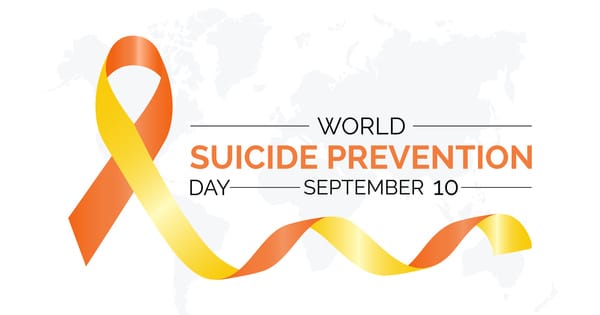World Suicide Prevention Day: the equine industry can’t look away any longer

Equitas calls time on lip service and superficial gestures in the equine industry. Evidence shows elevated suicide risk across vets, grooms and racing.
Today we set the bar for action.
Today, the 10th of September 2025, World Suicide Prevention Day, Equitas is publishing what our industry needs to hear.
Last year, we had an ambitious but much needed awareness event cancelled because sponsorship was pulled, lot of lip service and false promises. That decision, and the silence that followed, laid bare an uncomfortable truth: some parts of the equine world still look away when faced with suicide risk.
This piece gathers hard data and delivers a message to federations, owners, sponsors, grooms, riders and supporters: we share a duty of care to everyone who makes equine sport possible.
The numbers we can’t ignore
Research shows that many equine roles sit on the front lines of elevated suicide risk:
- Veterinary professionals: A landmark CDC study found that female veterinarians are 3.5 times and male veterinarians 2.1 times more likely to die by suicide than members of the general U.S. population. One in six vets has contemplated suicide, and 75 % of those who died worked in small‑animal practice archive.cdc.gov.
- Early‑career vets: A large North‑American survey of 11,627 veterinarians reported that 31 % experienced depressive episodes, 17 % had suicidal thoughts and 1 % attempted suicide pmc.ncbi.nlm.nih.gov.
- Professional jockeys: Injured jockeys are 46 times more likely to meet clinical criteria for depression than their uninjured peers. Cross‑sectional studies show that more than half of professional jockeys (57 %) meet the threshold for depression pmc.ncbi.nlm.nih.gov.
- Stud and stable staff: A 2021 study of 175 injured British racing staff found that 65.2 % were anxious and 59.4 % were depressed mdpi.com.
- Grooms: A 2024 British Grooms Association survey revealed that 65 % of grooms felt anxious, 55 % were depressed, 43 % reported bullying and 8 % sexual harassment. Only 11 % said their work had no emotional impact britishequestrian.org.uk.
- Rural context: A 2024 University College Dublin survey of Irish farmers (many of whom also breed and train horses) found that 22.8 % were at risk of suicide and 82 % knew someone who had died by suicide agriland.ie.
- Wider trends: In England and Wales, the female suicide rate rose to 5.7 deaths per 100 000 in 2023, the highest since 1994 ons.gov.uk. Suicide is the leading cause of direct maternal death in the first year after birth, accounting for 39 % of deaths maternalmentalhealthalliance.org. In the UK, a recent Lancet study reported that 49.7 % of all suicide attempts are linked to domestic abuse prevent-suicide.org.uk. And a 2017 report found that 25.7 % of women aged 16–24 had self‑harmed, compared with 9.7 % of men mentalhealth.org.uk.
These numbers make it clear: the pressures of equine careers intersect with wider gendered and rural risk factors.
Why equine is uniquely exposed
The equine industry is built on passion but often ignores the cost of that passion:
- Work design: Grooms and vets work long, irregular hours. Jockeys and event riders travel constantly and face seasonal peaks. Many roles involve sole working, lengthy driving and little time off.
- Physical and emotional risk: Falls, kicks, bites and chronic pain are common. Injuries and weight‑control regimes (particularly in racing) are strongly linked to depression pmc.ncbi.nlm.nih.gov.
- Economic volatility: Prize money is concentrated at the top. Many staff live in tied accommodation with short contracts or no formal contracts britishequestrian.org.uk; cancellations or poor seasons mean immediate income loss.
- Cultural factors: “Toughing it out” and stoicism remain valued. Bullying, harassment and poor pay are still tolerated britishequestrian.org.uk. Gambling is normalised around racing, adding financial stress.
- Access and stigma: Services are patchy in rural areas. Workers fear being seen as weak or losing contracts if they ask for help.
Such conditions make it hard to recognise distress and harder still to ask for support.
Women at the centre
Women hold many of the lowest‑paid, most insecure roles in equine sport. Grooms, yard managers, early‑career vets and equine students are disproportionately female. They often balance caregiving responsibilities, face harassment, and are more likely to be in tied accommodation. Postnatal mental‑health risks further compound the problem: suicide accounts for 39 % of maternal deaths between six weeks and one year after childbirth maternalmentalhealthalliance.org.
Young women are also at higher risk of self‑harm mentalhealth.org.uk. This matters because many riding schools, clubs and event staff rely on women aged 16–24. Domestic abuse is another hidden factor: almost half of suicide attempts are linked to domestic abuse prevent-suicide.org.uk, a statistic that should spur federations and clubs to integrate safeguarding measures.
What action looks like
1. People and policy:
- Every yard, veterinary practice and event should appoint mental‑health first aiders and provide anonymous reporting routes for bullying and harassment.
- Anti‑bullying and harassment policies must be public, enforced and supported by disciplinary procedures.
- Managers and stewards should be trained to identify suicidal ideation and respond appropriately.
2. Operations:
- Introduce rota rules: limit consecutive driving hours, ensure recovery windows after long travel, and build mandatory rest days into show schedules.
- Protect time off: implement maximum working hours and enforce protected meal breaks.
- Provide quiet rooms or “recovery areas” at shows for staff and riders who need to decompress.
3. Access to help:
- Display helpline information on noticeboards, websites and accreditation packs; include QR codes that link directly to support services.
- Co‑fund industry‑wide counselling pools so that any worker can access several sessions without charge.
- Develop partnerships with organisations such as Samaritans, Vetlife and Riders Minds to offer confidential support.
4. Training:
- Extend mental‑health training beyond managers to include grooms, vets, farriers and stewards.
- Educate staff about the link between domestic abuse and suicide risk prevent-suicide.org.uk.
- Promote suicide prevention during induction and at mandatory continuing professional development sessions.
5. Measurement and accountability:
- Conduct anonymous annual surveys measuring mental‑health indicators, bullying and harassment prevalence.
- Report aggregated data and progress publicly.
- Allocate a defined percentage of prize money or sponsorship to welfare programmes and mental‑health initiatives.
Conclusion
The equine community cannot afford another year of inaction. We are losing too many family, friends and colleagues. It is time for real change. Enough is enough.
The stats speak for themselves and are hard to ignore.
We can be better, we need to be better as an industry and we need to have real tangible supports available to those that need it. It is high time we start "changing the narrative".




